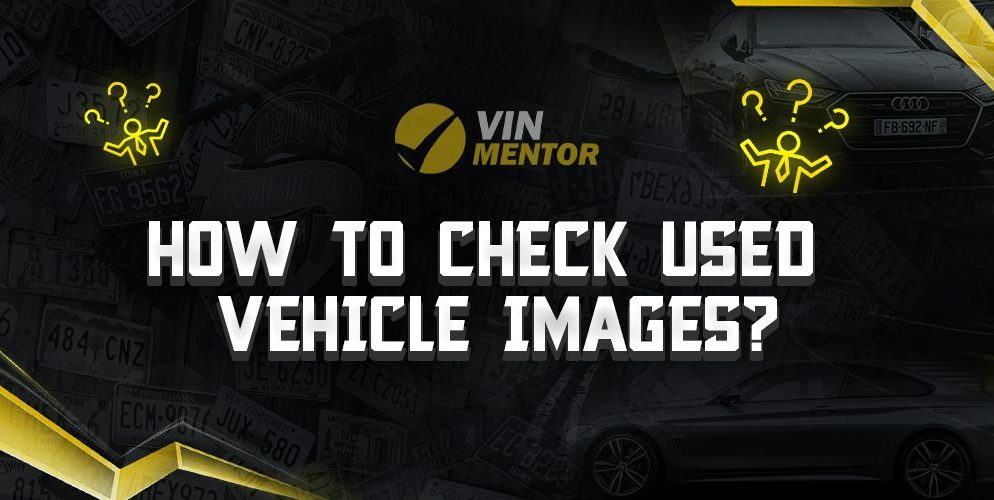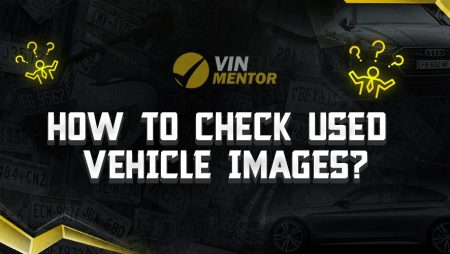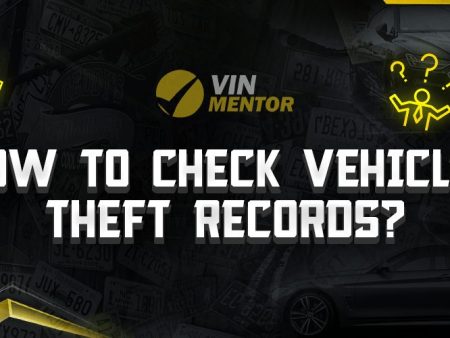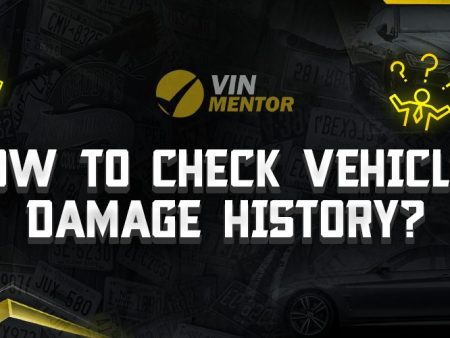

When buying a pre-owned vehicle, it’s essential to gather as much information as possible to make an informed decision. One valuable resource that can provide insights into a vehicle’s condition is the collection of used vehicle images. These images allow you to visually assess the vehicle and spot any potential issues. In this article, we will explore the significance of checking used vehicle images and discuss the key takeaways to keep in mind. Read on to discover how you can leverage these visual resources to evaluate a used vehicle effectively.
Key Takeaways
- There is a big importance of reviewing images when evaluating a used vehicle.
- It is important to know how to identify potential problems and assess the general condition through visual inspection.
- It is necessary to understand the limitations of relying only on images and the need for additional verification methods.
- You should search for trusted websites and platforms that provide reliable photos of used vehicles.
Assessing Vehicle Condition through Used Vehicle Images
Through a meticulous examination of used vehicle images, you can formulate initial observations and identify potential concerns that warrant further scrutiny.
Reviewing Exterior Images
- Carefully analyze the vehicle’s exterior images to thoroughly assess its overall condition and identify any visible signs of damage or wear.
- Look for dents, scratches, rust, or mismatched paint, as these indications may suggest previous accidents or poor maintenance.
- Pay close attention to the condition of the body panels, ensuring they are free from major damages or significant wear.
- Examine the tires for any signs of excessive wear or uneven tread patterns, which could indicate potential alignment or suspension issues.
- Inspect the lights, including headlights, taillights, and indicators, to ensure they are functioning properly without any cracks or damage.
Examining Interior Images
- Scrutinize the interior images to assess the cleanliness, overall condition, and potential signs of neglect or excessive wear.
- Look for stains, tears, or damage to the seats, including the upholstery and cushions.
- Inspect the dashboard for any cracks, fading, or malfunctioning components, such as broken switches or knobs.
- Examine the carpets for signs of wear, stains, or water damage that may indicate potential issues like leaks or flooding.
- Check the functionality of critical features, including the steering wheel, controls, infotainment system, air conditioning, and other interior amenities.
Noting Structural Integrity
- Evaluate the vehicle’s images to determine if the structure appears intact and free from visible damage.
- Look for any signs of frame damage, such as crumpled areas, bent or misaligned panels, or visible repairs.
- Pay attention to the vehicle’s overall shape and look for irregularities that may suggest previous accidents or improper repairs.
- Check for consistent gaps between body panels, as uneven spacing could indicate subpar repairs or parts replacement.
- If possible, request images of the undercarriage to inspect for any visible signs of rust, corrosion, or structural damage.
Verifying Vehicle History and Documentation
- Keep in mind that while images provide a visual assessment, they may not reveal the complete history of the vehicle.
- Use the images as a starting point to gain initial insights into the vehicle’s condition and potential issues.
- Complement the visual assessment by obtaining comprehensive vehicle history reports that offer a more detailed overview of the vehicle’s past.
- Cross-reference the information obtained from the images with the documented maintenance and repair history of the vehicle.
- Pay attention to any discrepancies between the visual assessment and the historical records, which may require further investigation or clarification.
Conclusion
When evaluating a used vehicle, reviewing its images is an important step in assessing its condition and potential issues. By carefully examining exterior and interior images, you can identify visible signs of damage, assess the overall condition, and make an initial determination of the vehicle’s suitability. However, it is crucial to note that relying solely on images may have limitations, and additional verification methods are recommended. To ensure a comprehensive evaluation, consider conducting a VIN check using reputable websites from our recommended list of best VIN Check Websites. These additional steps will provide you with a holistic view of the vehicle’s history, allowing you to make a confident and informed decision when purchasing a used vehicle.
FAQ
Are the images alone enough to determine the condition of a used vehicle?
While images provide a visual assessment of the vehicle, they may not reveal the complete history or underlying issues. It is essential to complement the visual inspection with comprehensive vehicle history reports and additional verification methods to make an informed decision.
Where can I find reliable websites or platforms that provide trustworthy used vehicle images?
To find reliable websites or platforms that offer reliable photos of used vehicles, you can consider well-known online marketplaces for used cars, reputable dealership websites, or certified pre-owned vehicle programs associated with manufacturers.
How can I identify potential issues in a used vehicle through images?
When reviewing used vehicle images, pay close attention to the exterior for signs of damage like dents, scratches, rust, or mismatched paint. Inspect the interior for stains, tears, and damage to seats, dashboard, carpets, and critical features. Additionally, note any visible structural damage or irregularities in the vehicle’s shape.
What if there are discrepancies between the visual assessment and the vehicle’s documented history?
If you encounter discrepancies between the visual assessment of the vehicle and its documented maintenance and repair history, it is advisable to further investigate or seek clarification. Consider requesting additional information from the seller or conducting a VIN check using reputable websites that provide comprehensive vehicle history reports.
Can I solely rely on used vehicle images to make a purchasing decision?
While used vehicle images are valuable for assessing a vehicle’s condition, it is recommended not to rely solely on them. Combine the visual assessment with comprehensive vehicle history reports, mechanical inspections, test drives, and other verification methods to ensure a thorough evaluation before making a purchasing decision.












